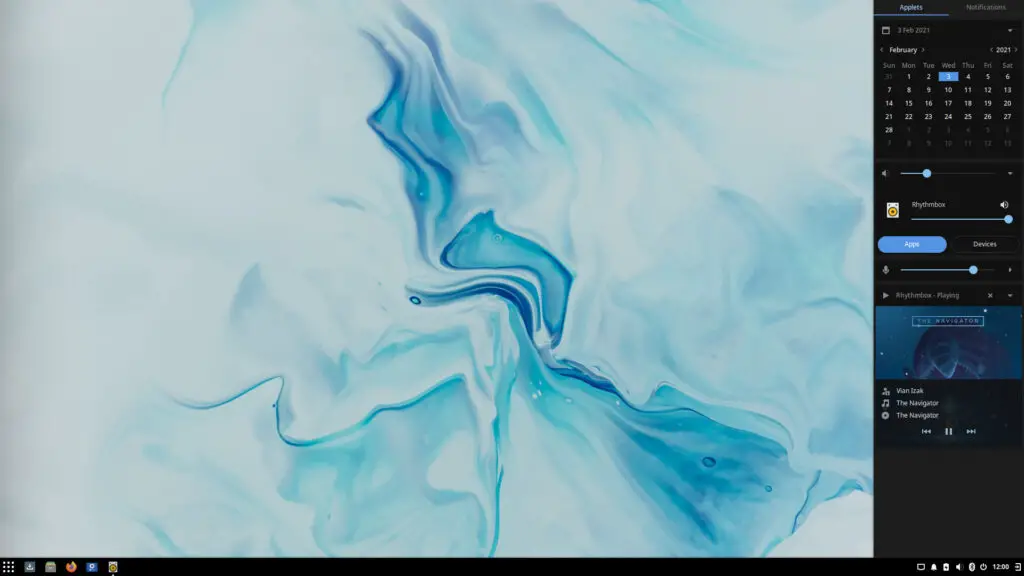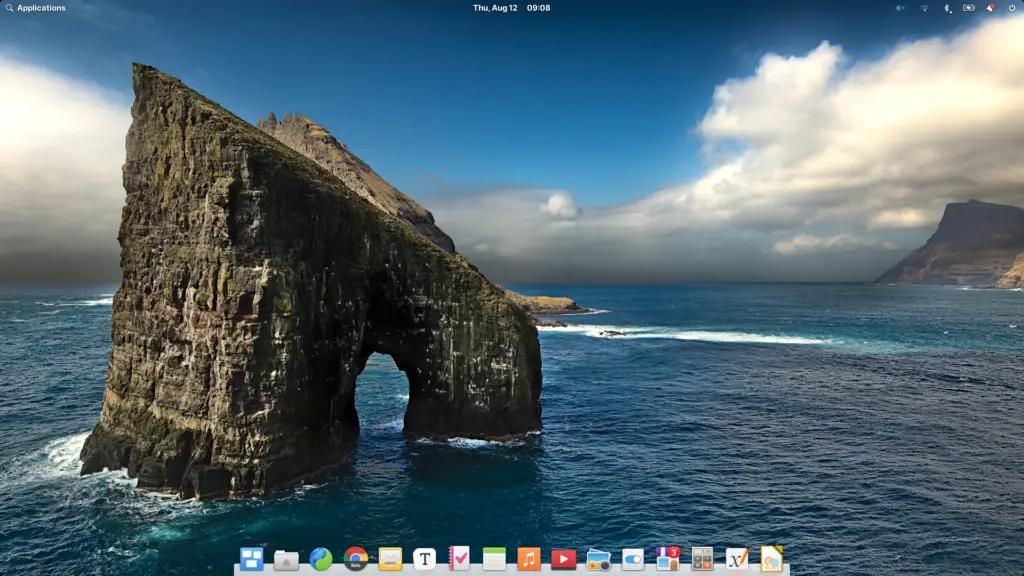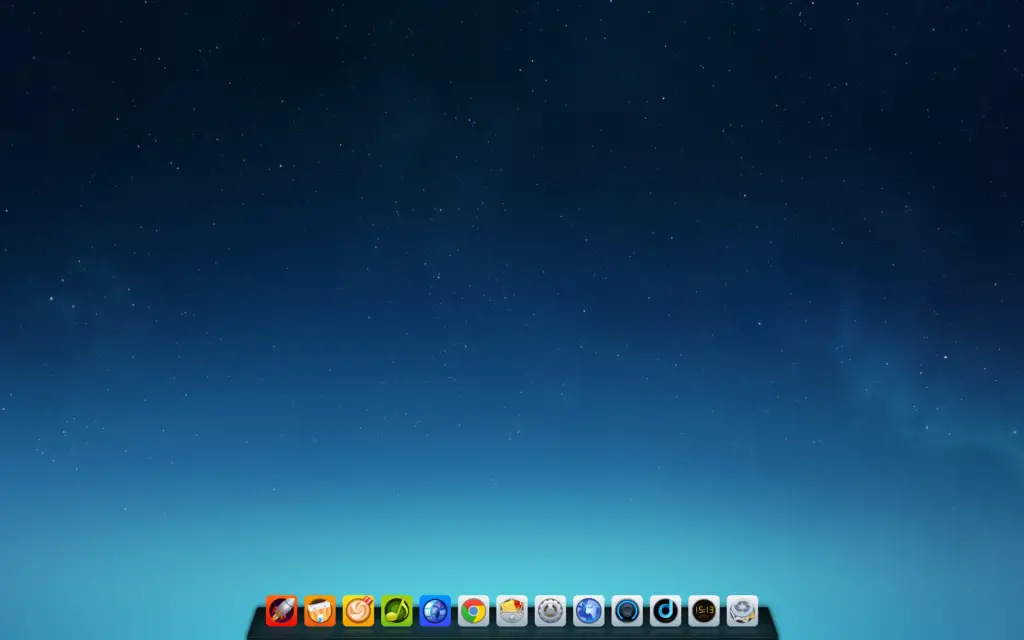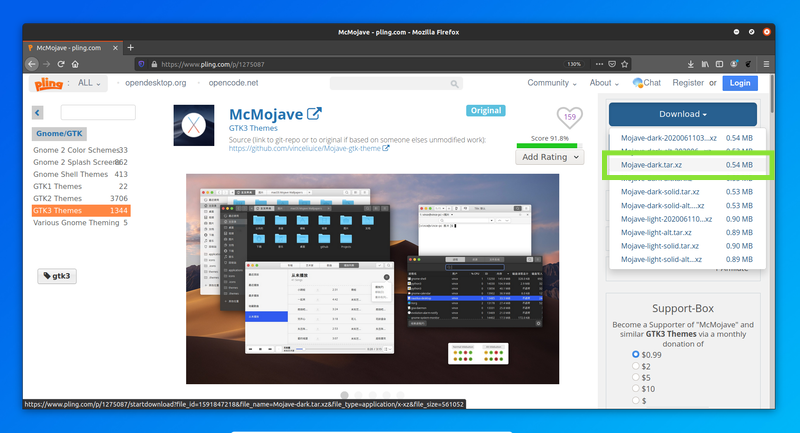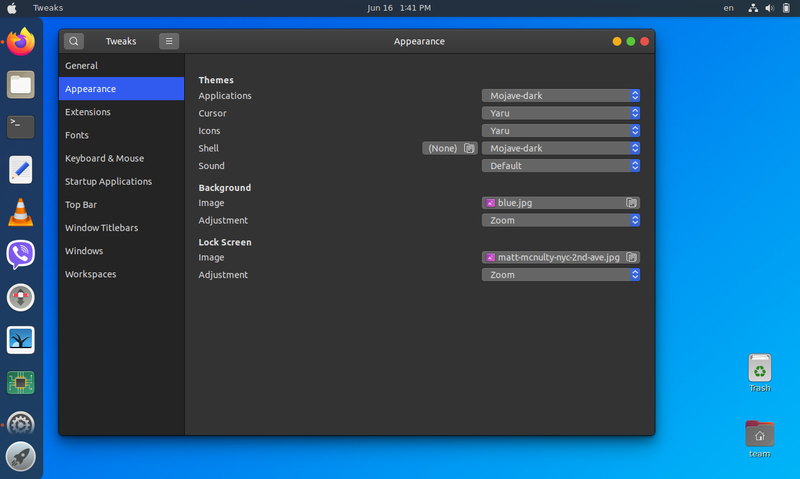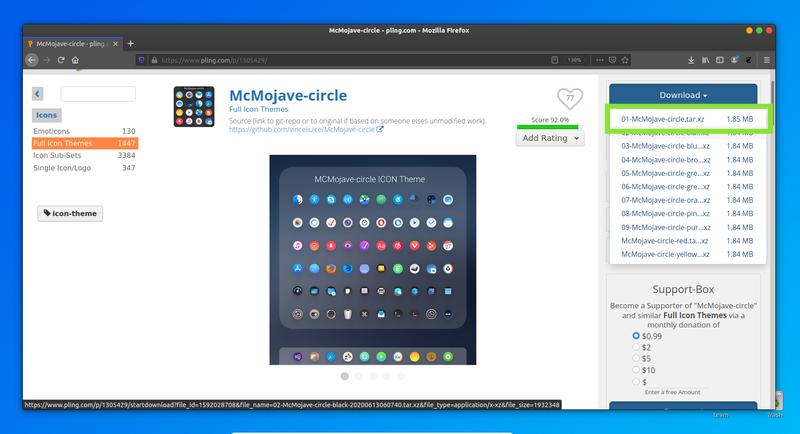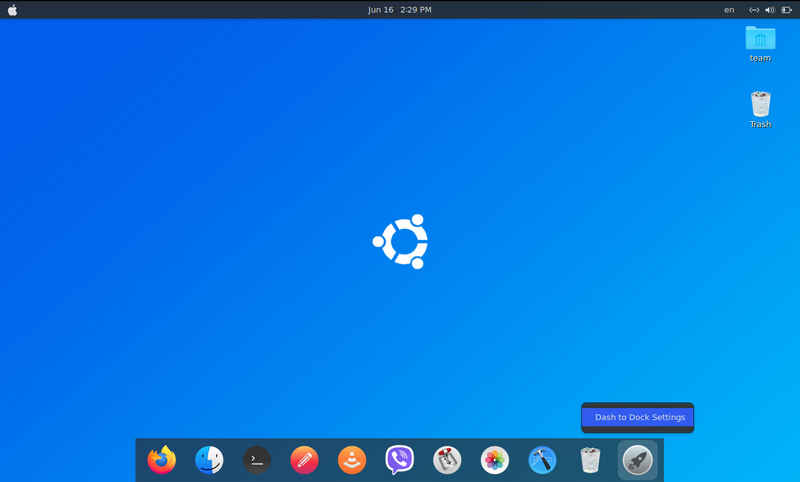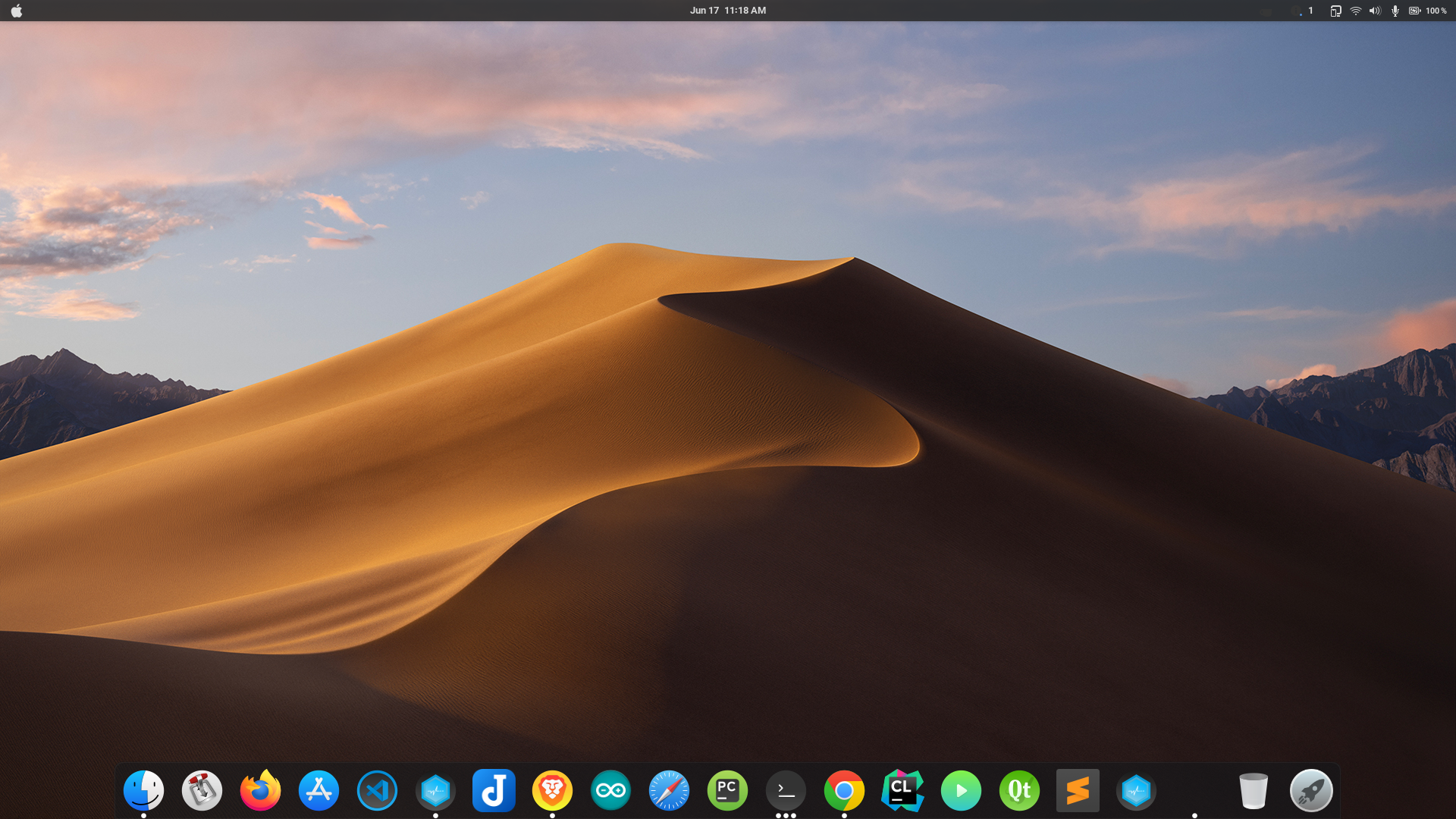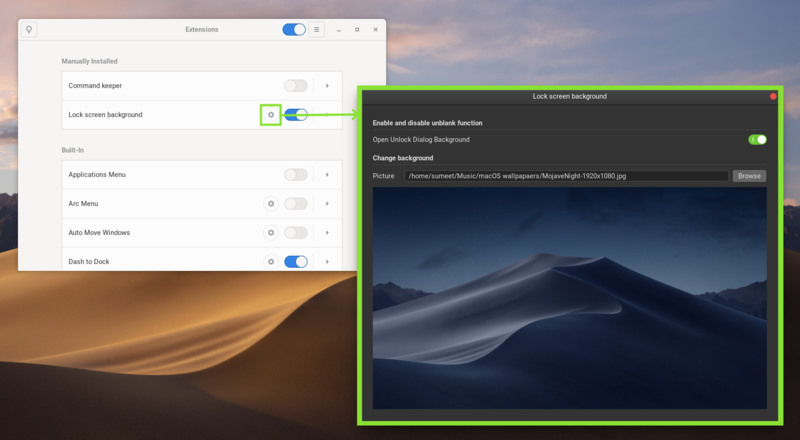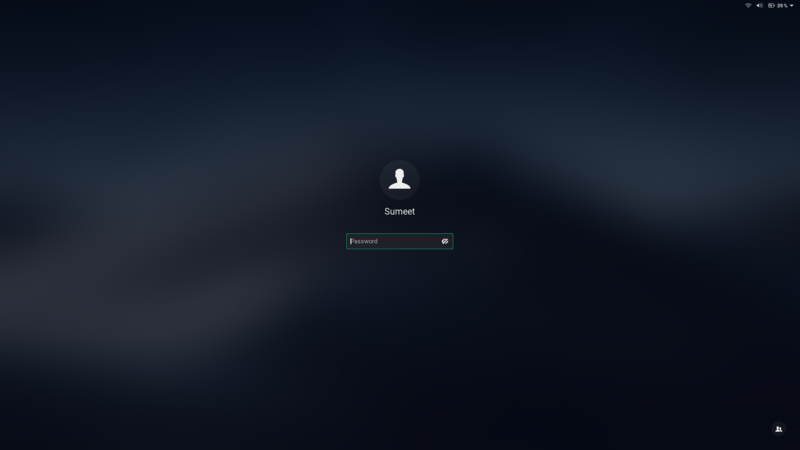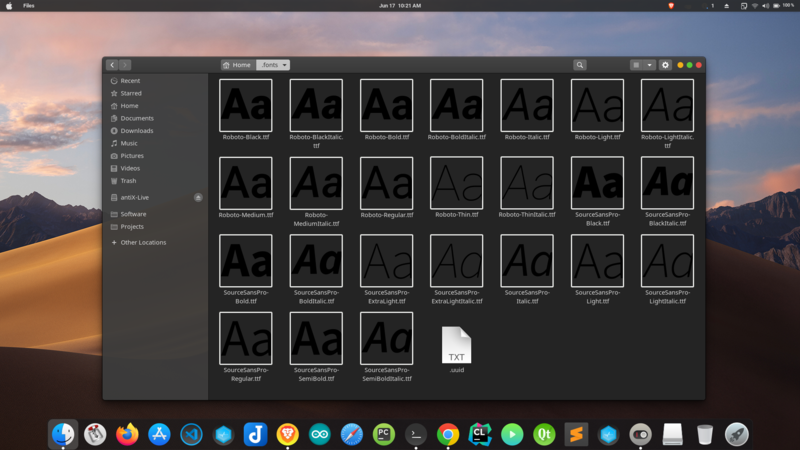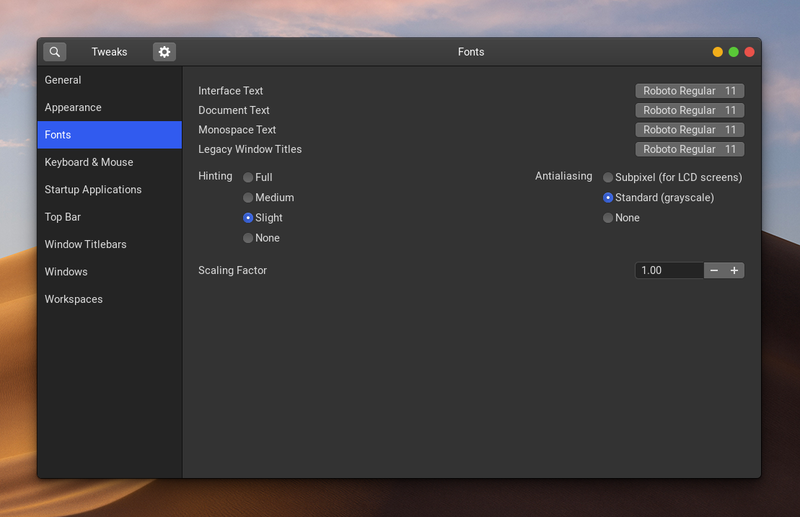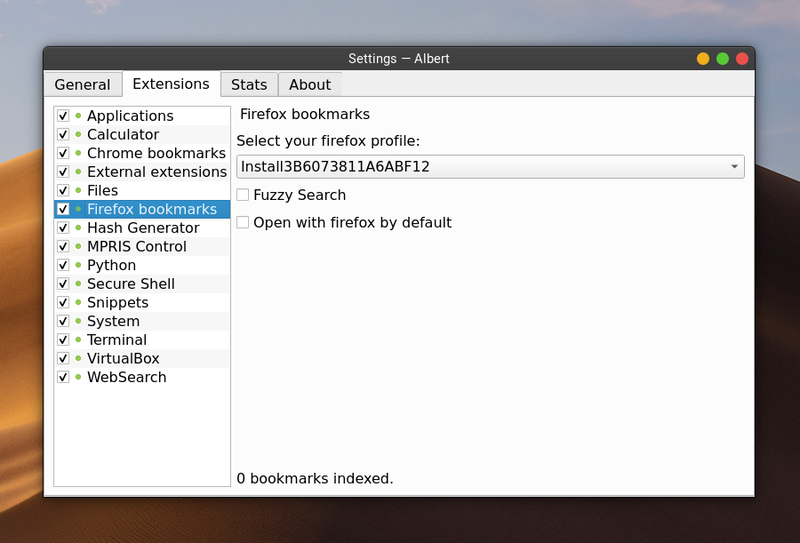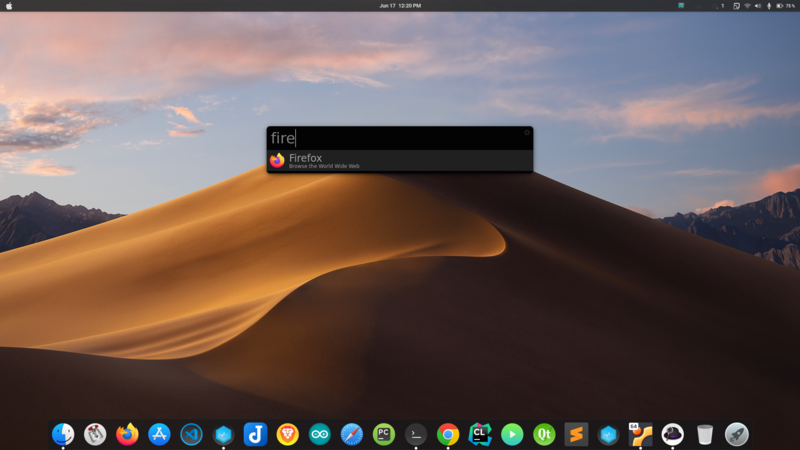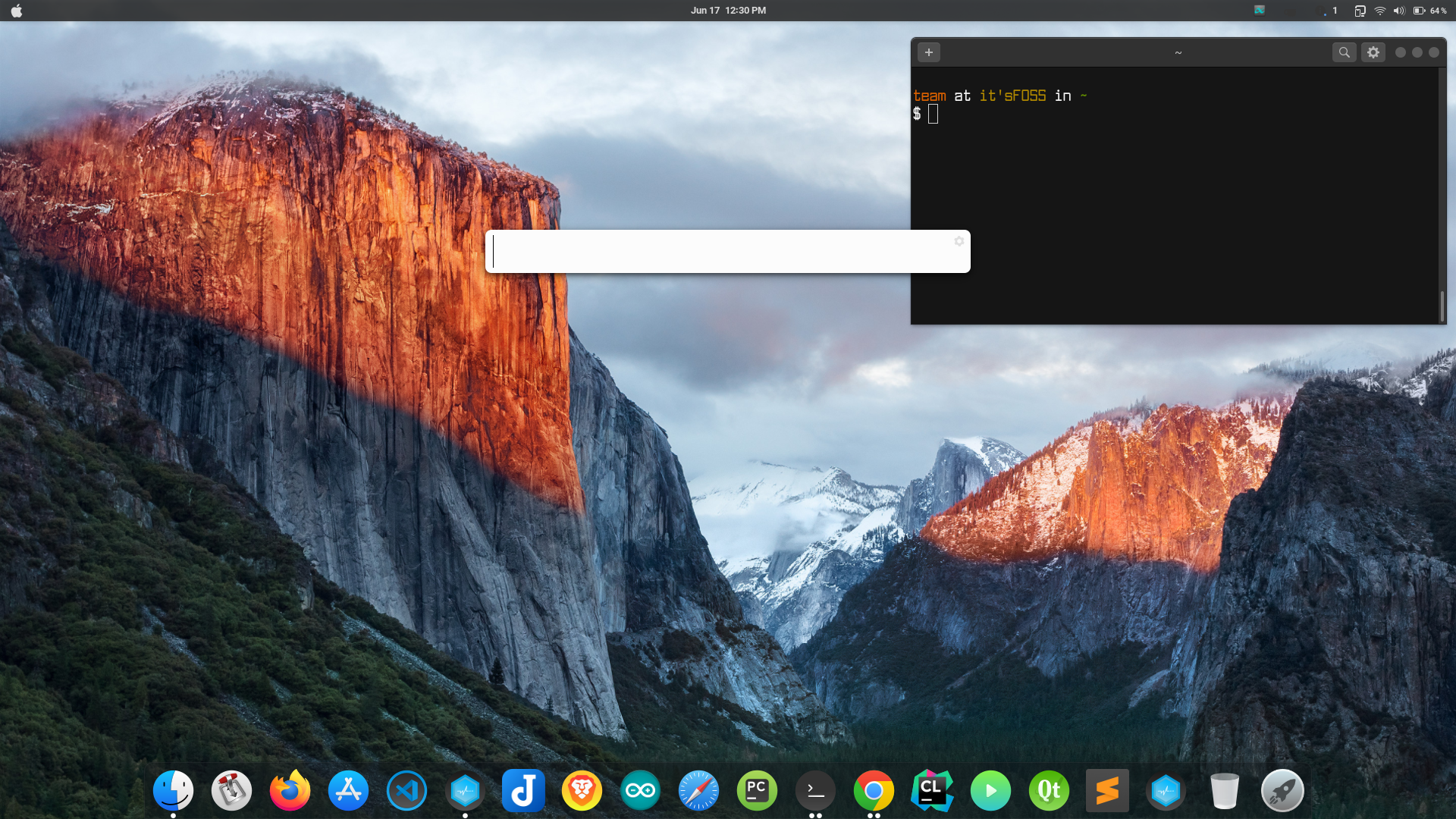- 5 Linux Distributions That Look Like macOS
- What are the 6 Linux Distributions That Look Like macOS?
- 1. Ubuntu Budgie
- Features of Ubuntu Budgie
- System Requirements
- 2. Zorin OS
- Features of Zorin OS
- System Requirements
- 3. Solus
- Features of Solus
- System Requirements
- 4. Elementary OS
- Features of Elementary OS
- System Requirements
- 5. Deepin Linux
- Features of Deepin Linux
- System Requirements
- Bonus Tip: Want to Make Ubuntu 22.04 Like macOS?
- Conclusion
- How to Make Ubuntu Look Like macOS in 5 Easy Steps
- How to give your Ubuntu Linux a macOS makeover
- Step 2: Install macOS like icons
- Step 3: Add macOS like dock
- Step 4: Use macOS wallpaper
- Step 5: Change system fonts
- Bonus Tip: Spotlight like app launcher (if you want to go the extra mile)
5 Linux Distributions That Look Like macOS
Linux distributions can be managed through the command line interface, which ultimately nullifies the requirement of GUI. However, there are a lot of Linux distributions that come with Desktop environments like Mate and GNOME. These desktop environments can be customized to have a better user experience. The customization can be extended so that the specific Linux distribution may look like macOS or any other system the user wants.
This post will demonstrate the list of 6 Linux distributions that look like macOS, and these distributions discussed here are listed below:
What are the 6 Linux Distributions That Look Like macOS?
6 Linux distributions that look like macOS are explained in the next detail, with their other features in the coming sections.
1. Ubuntu Budgie
The first Linux Distribution that looks like the macOS is Ubuntu Budgie. It comes with the Budgie desktop environment, which looks like the macOS.
In Ubuntu Budgie, an applet allows users to set their hot corner functions required mostly when running OS X.
Moreover, the dock containing the most used applications is also available at the bottom of the Desktop screen, similar to the macOS. Lastly, the team of Ubuntu has worked on this distribution which contains all the functions and tools of Ubuntu with the Desktop environment Budgie instead of GNOME.
Features of Ubuntu Budgie
Some of the notable features of this distribution are provided below:
- Cheese Webcam Tool
- GNOME 2048
- GNOME Mines
- GNOME Drawing
- Geary
System Requirements
The user’s system must be equipped with the following requirements to enjoy the smooth working of Ubuntu Budgie:
| Component | Minimum |
|---|---|
| CPU | 1.5 Giga Hertz |
| RAM | 2 GB |
| Hard Disk Space | 20 GB |
Get this useful distribution from their official Website:
2. Zorin OS
Another Ubuntu-based Linux distribution that looks like the macOS is Zorin OS. Zorin OS comes with the XFCE 4 or GNOME 3 desktop environment that looks like the macOS with its customization. Zorin OS developer team also claim that it can be used as an alternative to macOS and Windows operating system. The desktop environment of Zorin OS allows its users to customize the desktop environment to enjoy the macOS, Windows, and Linux interfaces using it. The Zorin OS protects the data of its users and does not allow advertisement companies to collect data for advertisement purposes.
Features of Zorin OS
Some of the notable features of this distribution are provided below:
- Gnome shell and XFCE desktop
- 5.15 Linux Kernel Version
- Support of 32-bit and 64-bit processors
- Supported all app formats including Debian packages, snapcraft, flathub, and AppImage
System Requirements
The following table provides the list of components with their minimum and recommended requirements:
| Component | Minimum |
|---|---|
| CPU | 1 GHz |
| RAM | 2 GB |
| Hard Disk Space | 15 GB |
| Display | 1024 × 768 resolution |
Download its installation files from the link.
3. Solus
Solus is another Linux operating system that gives users a feel of using macOS. Solus provides users with the best possible experience as it comes with the budgie and MATE desktop environments. Solus can be downloaded easily on the computer and installed to revive your old PC’s to the latest desktop environments.
Features of Solus
Some of the notable features of this distribution are provided below:
- Curated Rolling Release (after installation, the packages get updates automatically)
- GNOME MPV pre-installed
- LibreOffice pre-installed
System Requirements
Have a look at the minimum and recommended system requirements to run Solus:
| Component | Minimum |
|---|---|
| CPU | 64-bit (x86_64) processor |
| RAM | 4 GB |
| Hard Disk Space | 10 GB |
Download its installation files from their website.
4. Elementary OS
This operating system can also replace Windows and macOS. This distribution allows users to customize it in such a way that it looks like the macOS. The dock, notification bar, icons, and wallpapers are all similar to the macOS. The on;y drawback of this distribution of Linux is that it should be purchased by paying a small amount of money.
Features of Elementary OS
Some of the notable features of this distribution are provided below:
- Re-designed Notification Center
- Multi-Touch gestures
- Improved Desktop Panel
- Screen Sheild
System Requirements
Have a look at the minimum and recommended system’s requirement to run Elementary OS:
| Component | Minimum |
|---|---|
| CPU | I3 Processor |
| RAM | 4 GB |
| Hard Disk Space | 32 GB SSD |
| Display Resolution | 1024×768 |
The installation files of Elementry OS can be obtained from the link.
5. Deepin Linux
Appealing User Interface with friendly community developers attracts users to use this Linux-based distribution. This distribution also looks like the macOS, but only this feature is not enough to say users to use it. It comes with a variety of tools that are being used and needed by users in their daily life tasks. It has a screen recorder that allows users to make tutorial blogs and publish them on different platforms. It also comes with a text extraction tool that will help users to copy the text from the pictures, whether they are in English or Chinese.
Features of Deepin Linux
Some of the notable features of this distribution are provided below:
- Dual-Kernel Installation
- Both Light and Dark Themes Support
- Fingerprint Support
- Voice Notes
System Requirements
Have a look at the minimum and recommended system requirements to run Deepin Linux:
| Component | Minimum |
|---|---|
| CPU | Pentium IV or 2 GHz |
| RAM | 2 GB |
| Hard Disk Space | 25 GB |
Want to get it? Just head over to the link.
These were all the best 6 Linux distributions.
Bonus Tip: Want to Make Ubuntu 22.04 Like macOS?
Ubuntu is one of the widely used Linux distributions with tremendous features that attract users of various communities (Students, Businessmen, System Admins, etc.). You can make Ubuntu 22.04 (the latest LTS of Ubuntu) look like OS by following our article link.
That’s all from this informative guide on Linux distributions!
Conclusion
5 Linux distributions that look like macOS are Ubuntu Budgie, Zorin OS, Solus, Elementary OS, and Deepin Linux. In this blog, all these distributions are explained in detail with their different features. Their notable features and minimum system requirements are also provided to help users in choosing the best fit distribution as per their needs. This post has listed 5 Linux distributions with their features and minimum requirements.
How to Make Ubuntu Look Like macOS in 5 Easy Steps
Customization is one of the main reasons why I use Linux. There is no end to the kind of customization you can do to your desktop Linux. You can change icons, themes, change fonts, change terminals, add screenlets, indicator applets, extensions and what not.
We have covered numerous desktop customization tips and tricks on It’s FOSS. In this one, I’ll show you how to make Ubuntu look like macOS.
Many people use macOS because of its simplistic and elegant look. You may disagree with it but it remains a popular opinion. Even there are Linux distributions that have macOS like look and feel.
One of the readers requested us to show how to make Ubuntu look like macOS and hence we’ve created this tutorial. In fact, this is a good example to show the customization capability of desktop Linux.
No, you don’t have to install a new distribution just for customizing the looks. You can do some tweaking on your own and give your system mac-like looks.
How to give your Ubuntu Linux a macOS makeover
Here you may find various “.tar.xz” files. These different files contain same theme with small differences. Like in “McMojave” we have variations like dark and light theme. You can try them all, or just pick anyone you like from the carousel given in middle.
Set downloaded theme
Extract the downloaded theme and copy this extracted theme folder to .local/share/themes folder.
Open GNOME Tweak tool and change the Application and Shell theme. As soon as you change the themes, you can see those three yellow, green and red buttons, and that Apple logo on upper left corner. You can also notice come changes on panel items.
Step 2: Install macOS like icons
The next step in this macOS makeover is to use macOS like icons.
Download icon set
Here are some icon sets I suggest that you can download from Gnome-look website:
I shall be using “McMojave-circle” in this article, feel free to use any icons you like.
Just like the theme, you can download it from “download” dropdown button from right side. Here you may also find various different versions of same icons.
Now set the downloaded icon. For that extarct the download folder and copy it to .icons folder in your home directory. See this article on installing icon themes in Ubuntu.
This is what this icon looks like:
Step 3: Add macOS like dock
Without macOS like dock, your Ubuntu will not look like macOS. There are various docks available for Linux. I like Dash to Dock and I am going to use it here.
Dash to Dock is a GNOME extension. By now you are familar with GNOME Extensions. Just go to this link and click on toggle button to install it. Your native dock will be automatically replaced with dash-to-dock.
You can change settings by right clicking on “show applications” button (rightmost menu button), and selecting “Dash to dock settings”.
Step 4: Use macOS wallpaper
Most of the complicated stuff are done. Now it’s time to set macOS wallpaper. You can download macOS default wallpapers from the link below:
Change the desktop background
I shall be using “Mojave Day” wallpaper. Right click on the downloaded image and select ‘Set As Wallpaper’ option to change the wallpaper.
After setting this wallpaper, this is how my system looks like:
Change the lock screen Wallpaper
The lock screen background option is removed from the settings of Ubuntu 20.04. Now it uses blurred desktop wallpaper as the background of lock screen.
To set a custom lock screen wallpaper, you can use “Lock screen background” extension.
Open “Lock screen background” extension setting, and set lock screen wallpaper.
This is how the lockscreen looks now. If you are wondering, here’s how to take screenshot of lockscreen in Ubuntu.
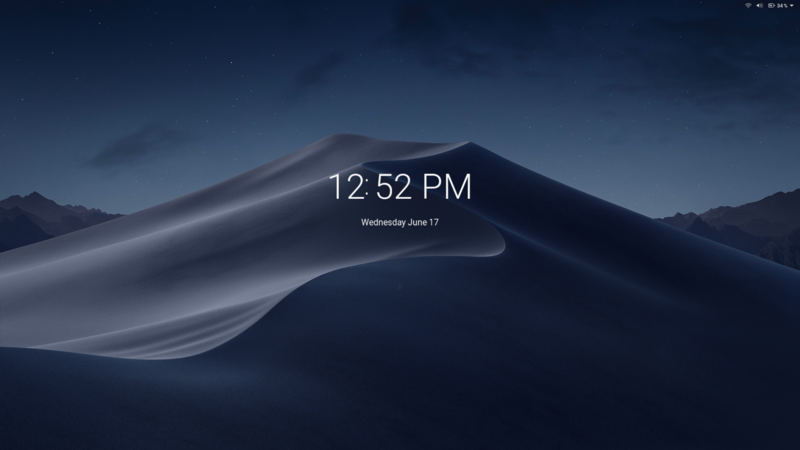
Step 5: Change system fonts
For several years, the primary system font in macOS is ‘San Francisco’. But this San Francisco font is not public domain but proprietary like so many other things in the Apple ecosystem. For this reason, you cannot use this font.
What you can do is to use an open source font that looks similar to the San Francisco fonts. I recommend using Roboto font by Google or Source Sans Pro by Adobe.
Installing fonts is straightforward in Ubuntu. Download the zip files of the fonts and just double-click on the ttf files in the extracted folder. It will give you the option to install the fonts one by one.
If you want to save time and install all the fonts at once, extract all fonts in it to the “.fonts” directory in your home folder (~/.fonts).
Once you have installed the fonts, you can change the system wide font using GNOME Tweaks tool.
Bonus Tip: Spotlight like app launcher (if you want to go the extra mile)
If you are a fan of macOS Spotlight launcher, you may have something similar on Linux also. My favorite package for getting this kind of launcher is “Albert“.
After installing; open “Albert” and set hotkey (key combination you want for opening launcher) and you are good to go. I think in macOS, the Command+Space is to launch Spotlight. You may set Super+Space keyboard shortcut in Ubuntu.
You will get many themes in built, in picture below I’ve used “Spotlight dark”.
Albert won’t be able to launch apps directly, you have to give it permissions for where it can look for search results.
After setting up, this is how it looks:
This is how my Ubuntu 20.04 looks like after making all the customizations. Does it look like macOS? You be the judge.
So, this is how you can make your GNOME desktop look like macOS. As I said in the beginning, this is a good example of Linux desktop’s customization capability.
If you have any new ideas or have any queries; the comment section is all yours.
Written by Sumeet with additional inputs from Abhishek Prakash.


